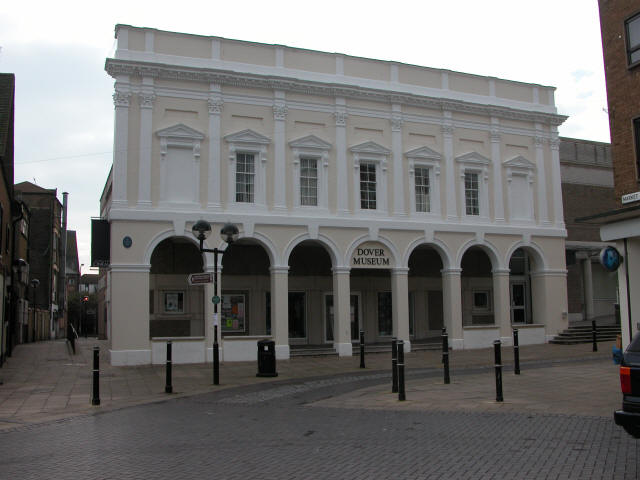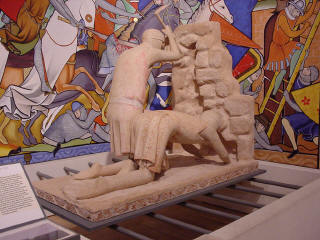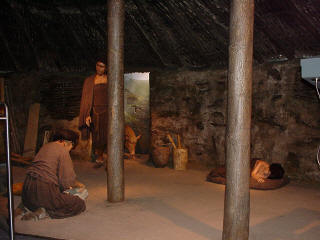| Back ... |
Dover Museum |
|
 |
||
|
||
| The museum remained over the market until war
damage led to a "temporary" move to premises in Ladywell, under the Town
Hall. This site was inadequate, but the collection was to remain there
until the old market building was rebuilt in 1989 as part of the
re-development of the area. |
||
 |
||
The most spectacular exhibition in the modern museum is without doubt the Bronze Age Boat gallery. This 3000 year old boat was excavated when work was being carried out on the Townwall Street underpass. The gallery was added in 1999. A full history of
Dover museum can be found on the
museum website. |
||
 |
One much-loved exhibit is this huge polar bear, killed by local polar
explorer Dr. Reginald Koetlitz (1860-1916), who accompanied Captain Scott on his
Antarctic Expedition in 1901. The bear, brought back from an expedition to the Arctic in 1897, was fitted with a lamp holder in its paw, and stood in the London Road surgery of the Koettlitz family until 1960, when it was given to Dover Museum. It always stood just inside the door at the Ladywell site but, since its move to the new premises, it has been housed in a glass case at the top of the stairs.
|
|
| One of the exhibitions in the museum today is of Anglo-Saxon Dover |  |
|
 |
This model shows Norman soldiers "mining" the Saxon defences. | |
| A Bronze-age house |  |
|